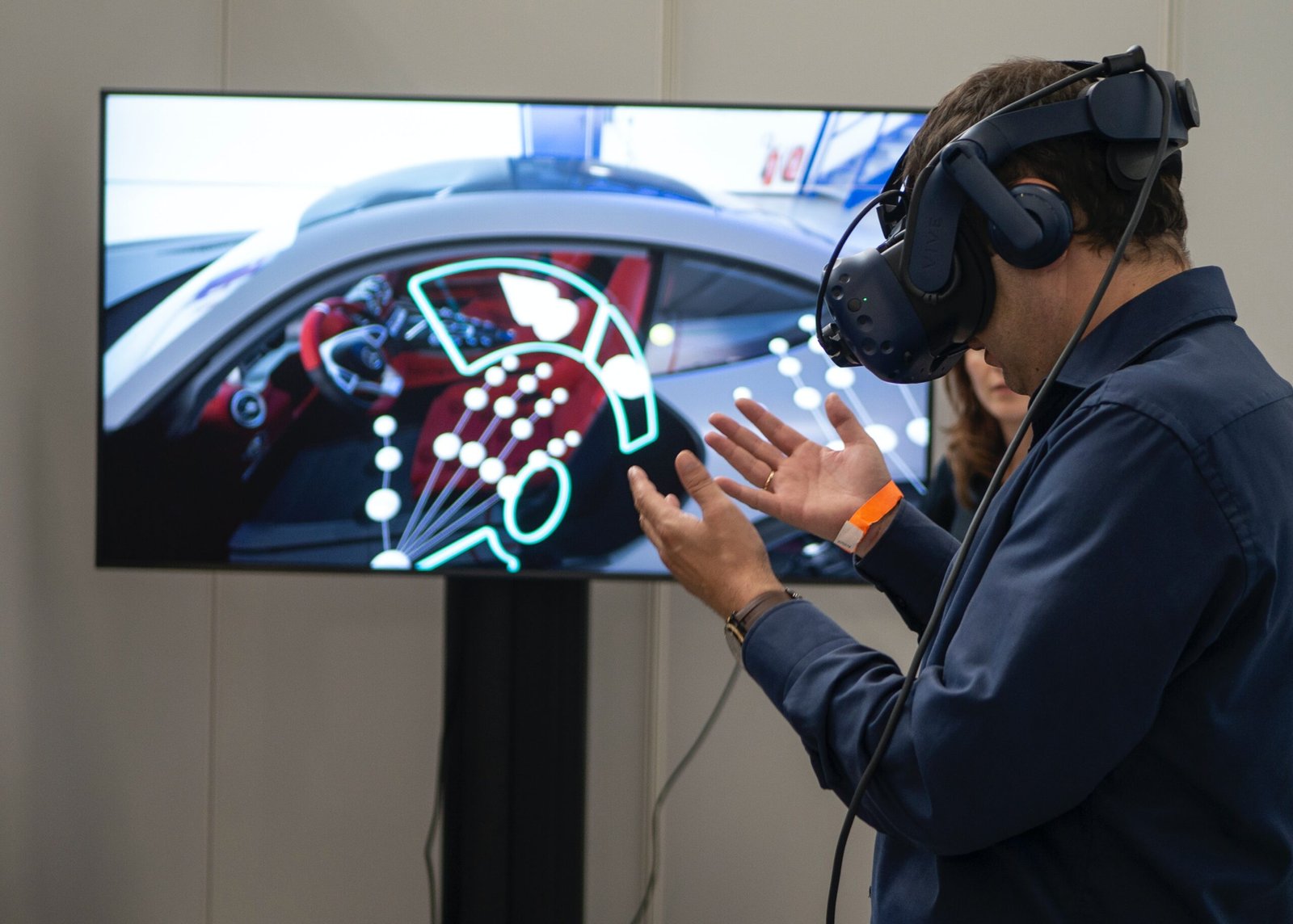Gaming has come a very long way from its roots when players were huddled into their bedrooms, using their joystick for solo games.
Technology has evolved rapidly, and gaming has become a very social endeavor, allowing players to connect with other people worldwide.

The global pandemic shone a light on the importance of online entertainment, but there is still so much more to come. VR and AR technology is only just starting to be explored, and it promises to revolutionize the playing experience.
Making Gaming Social
Technology has meant that it’s now possible to share your game with friends, or you can join play with others in the wider gaming community. Playing with others allows gaming to feel much more like a social activity rather than something to do when you’ve got time alone.
This stretches across all areas of gaming, including casinos and gambling. Online casinos have been popular for years, but one criticism has been that they lack the authentic atmosphere of a bricks-and-mortar establishment. Leading online gaming titles like Crazy Time has changed all of that by offering an interactive experience with a live host, just like playing in a land casino.
There has been an increasing number of live host games which allow online chat. This is one step away from full VR, but the technology for real-time interaction brings it much closer. Some types of technology available for use include voice recognition, gesture controls, facial recognition, AR, VR, and wearable gaming consoles.
VR Technology
Although it’s not yet widespread, Virtual Reality is making its way into online casino games. Using VR technology, it’s possible to move into a casino environment, giving players a much richer experience with lights, sounds, and more authentic surroundings. VR uses gestures and movement of your body to walk around virtually in the “casino”. However, the real difference is the presence of other players, which will appear much closer to VR. With live hosts and online gaming, players don’t get to see others; just interact with them over live chat. VR tech could change this significantly and create games that are even more social and engaging.
Hyperreality is one area that could add a new dimension to Virtual Reality gaming. Fusing VR tech with a physical location, players will be able to experience gaming in a far more sensory way. Being able to reach for virtual objects and receiving tactile feedback will heighten the physical connection and make the game experience more immersive.

VR, AR and related technologies are still in their infancy, and there’s a long way to go before all games are suitable for this type of play. However, there’s a clear move towards the online space, which blurs the lines between reality and the virtual world. With the tech dropping in price and alternatives available, such as VR kits that work with mobile phones, there are no signs of this technological revolution abating.






